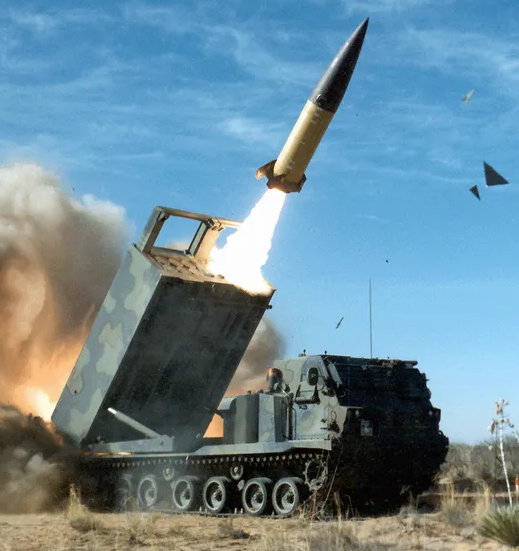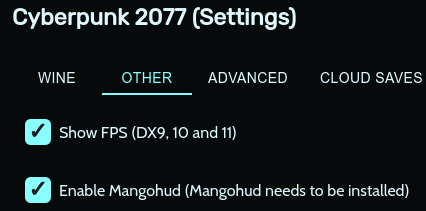

Ugh, why the hell aren’t those air-gapped?
Same thing in cars. Why is the infotainment system that is connected to the internet not air-gapped from the critical car functions?
These things aren’t hard to do. I guess we just need people to die before we take such basic safety measures.





Or car infotainment software…which for some reason is on the same communications network as all of a car’s safety-critical systems…